There’s more than one good reason to switch to recycled packaging
9 June 2022
With the help of brand director at Manchester-based Duo UK, Zoe Brimelow, Claire Scott explains the benefits of switching to recycled packaging and how to make a good business case for it.
Packaging is a universal necessity in many industries. It’s primary purpose is to protect the product, and it can also play an important role in conveying information, marketing and representing the seller’s brand. But if designed or managed poorly, it’s also a major cause of waste and other environmental problems.
Switching from virgin to recycled material is one way (but not the only way) for organisations to reduce the environmental impact of their packaging and clearly demonstrate their green credentials to customers.
However, myths around the quality and performance of recycled materials continue to persist and many companies are yet to take advantage of the benefits they offer.
Duo UK is a packaging consultancy and manufacturer in Manchester that has been working with us at GC Business Growth Hub for several years to enhance its status as an environmentally forward-thinking organisation. The company is also leading the way in helping its customers to reduce their use of finite virgin materials and use more recycled and sustainable packaging materials, such as recycled polyethylene (rLDPE) and bio-based GreenPE.
In this blog, Duo’s brand director Zoe Brimelow helps to set out the business case for reducing the use of virgin materials in your packaging and choosing recycled content.
Why packaging is so important to your green credentials
As Zoe explains, packaging is one of the most visible elements of a company’s brand and therefore has a key role in demonstrating sustainability:
“Packaging has become the poster child for sustainability because consumers touch and feel it every day. Many of us have been ordering items online more often since the pandemic, so we’re now seeing even more packaging in the home. Naturally, that means there’s been more public conversation about it and consumer expectations are increasing.”
Although some industries face more direct customer pressure than others, making smarter packaging decisions is now a norm across the economy, she adds:
“Consumer-facing companies like online fashion brands are perhaps questioned more about their packaging choices because it’s a strong visual representation of their brand. In B2B supply chains where packaging is less visible, there tends to be a more traditional approach to packaging design.
“But that doesn’t mean these companies won’t have their own drivers for using recycled material. In our experience, all customers are open to making better choices and they are increasingly making the decision to use recycled material as part of their CSR or sustainability strategy.”
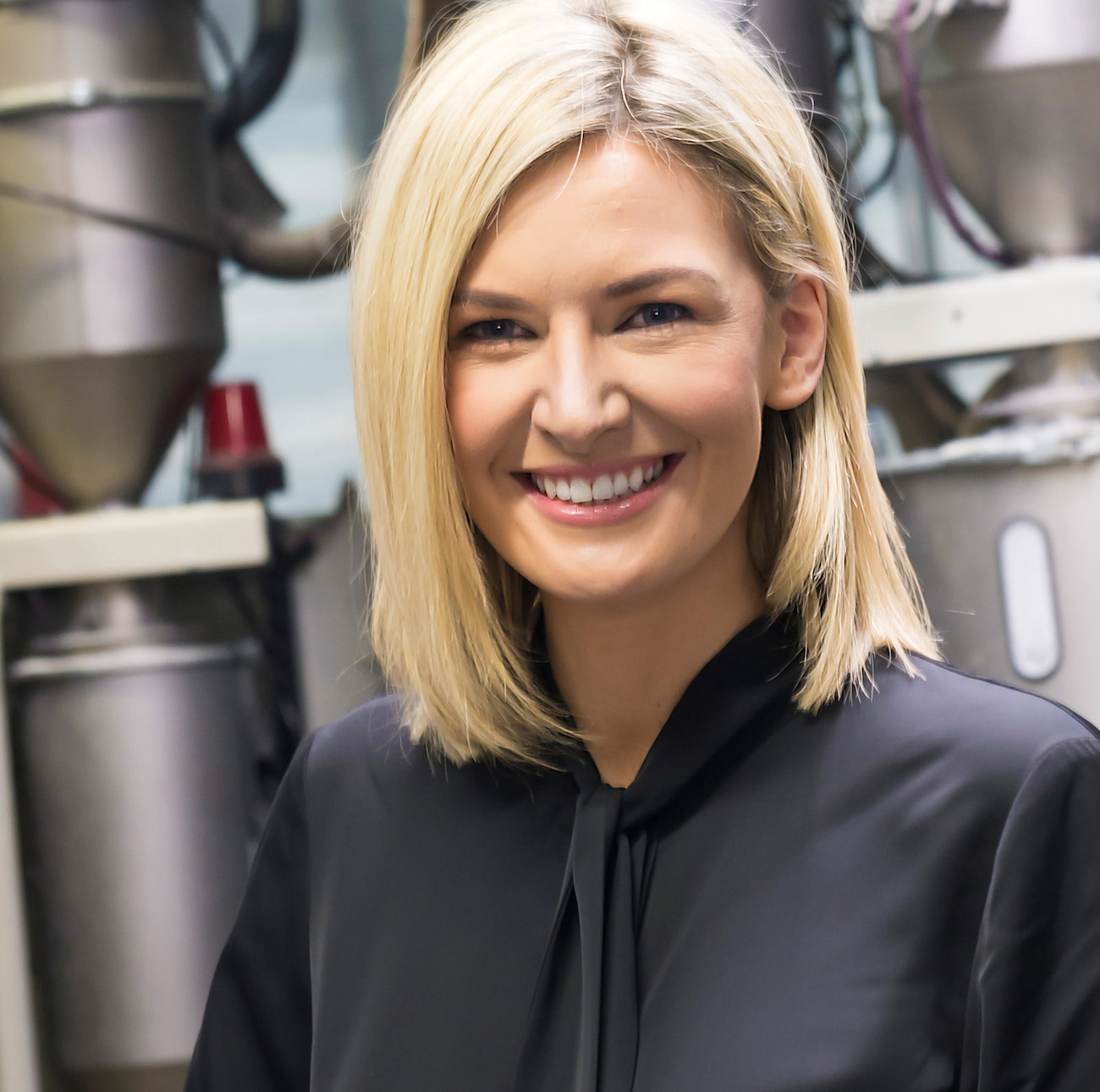
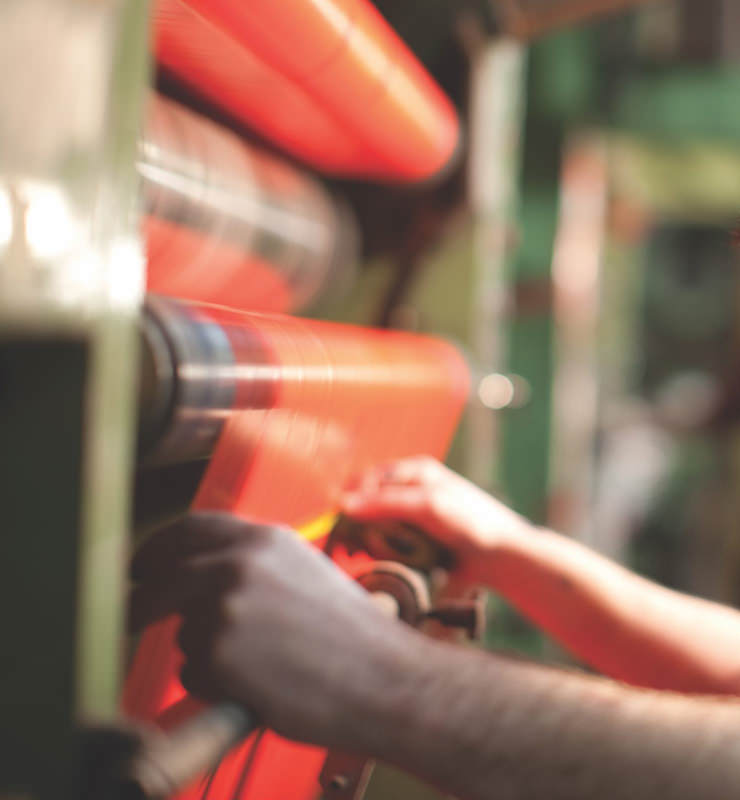
Key arguments for switching to recycled packaging
There are several strong arguments in favour of using recycled packaging, from reducing waste at end-of-life to lowering an organisation’s (and a product’s) carbon footprint.
There are also increasingly tough regulations to consider. The introduction of the Plastic Packaging Tax in April 2022 is just the beginning of a wave of planned interventions in the packaging supply chain over the coming years, which will place more of the financial burden.
Waste reduction
For Zoe, rising awareness of the environmental impact of waste remains a key driver for most businesses. Attitudes notably changed after the BBC’s Blue Planet II documentary put a spotlight on ocean plastic pollution in 2017:
“We’ve been actively trying to reduce the amount of virgin plastic we use in our products for many years, but it was probably around 2014 when we truly began marketing more sustainable alternatives to our clients.
“Initially, when presenting recycled or bio-based products to clients, there were questions around cost and weighing up whether money could be better invested elsewhere. But then Blue Planet came along and people began to question where their item was ending up. Could it be recycled? What’s it made from? Clients were picking up the phone and asking to speak to me again about their options.”
The increased interest in what happens to materials at the end of their life has meant that technical concepts like product lifecycle are now becoming well-understood by packaging buyers, Zoe adds:
“The full lifecycle of a product – where it comes from, how it’s used and where it’s going to end up – is a message that really resonates with people today. For us, this is the most important consideration for packaging design – don’t lead with the material itself, lead with its lifecycle.
“For example, we’re trying to help as many of our clients as possible to close the loop on their packaging so that when we deliver their new product, we take back any waste and recycle it ourselves for use in new products.”
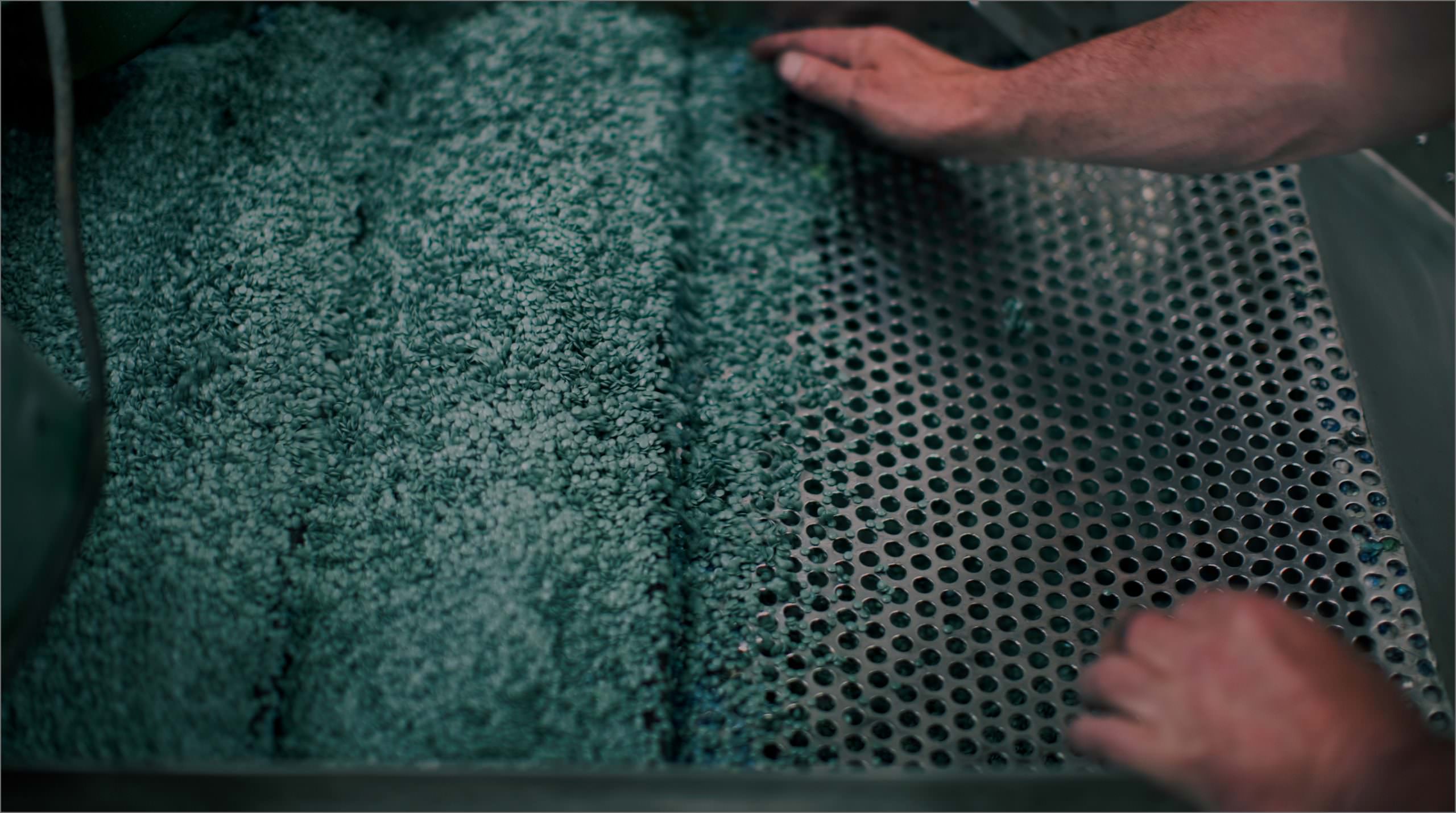
Climate impact
More recently, companies are taking a greater interest in the carbon footprint of the materials they use, also known as embodied carbon.
Recycled materials generally require much less energy to produce over their lifecycle than virgin equivalents. As more and more companies expand their carbon footprinting remit to their supply chain (also known as ‘Scope 3' emissions) as part of their net zero goals, Zoe believes these carbon savings will become more valuable:
“We shouldn’t shy away from the fact that conventional plastics are derived from fossil fuels. We all know fossil fuels are a big contributor to global warming; the right thing to do is keep them in the ground and look for alternatives.
“When we were first learning about embodied carbon, communicating that to our customers was quite a challenge. But we’re now 8 years on from that and the concept seems to be filtering through quite quickly between businesses and consumers.
“The big PLCs are producing ever more complex and wide-ranging sustainability reports and we are being asked more regularly to help them with their carbon reporting.”
Customers and employees
Consumer demand for sustainable packaging has continued to grow significantly, particularly amongst the younger generation. According to Duo’s own research, over half of Gen Z consumers are less inclined to buy from a business if its delivery packaging isn’t “sustainable or resourceful”.
However, the desire for sustainable packaging options doesn’t just end at home, it’s also becoming more apparent in the workplace:
“One thing businesses can always see is how much waste they’re producing. When we help clients segregate their PE waste and send it back to us to be recycled, that’s a great message that staff understand.
“Environmental credentials are coming higher up the priority list when people are choosing the company they want to work for, particularly if you want to attract the Gen Zs. They want to be proud of the organisation they’re working for, and seeing waste being managed properly and hearing about where it ends up is a massive tick in the box.”
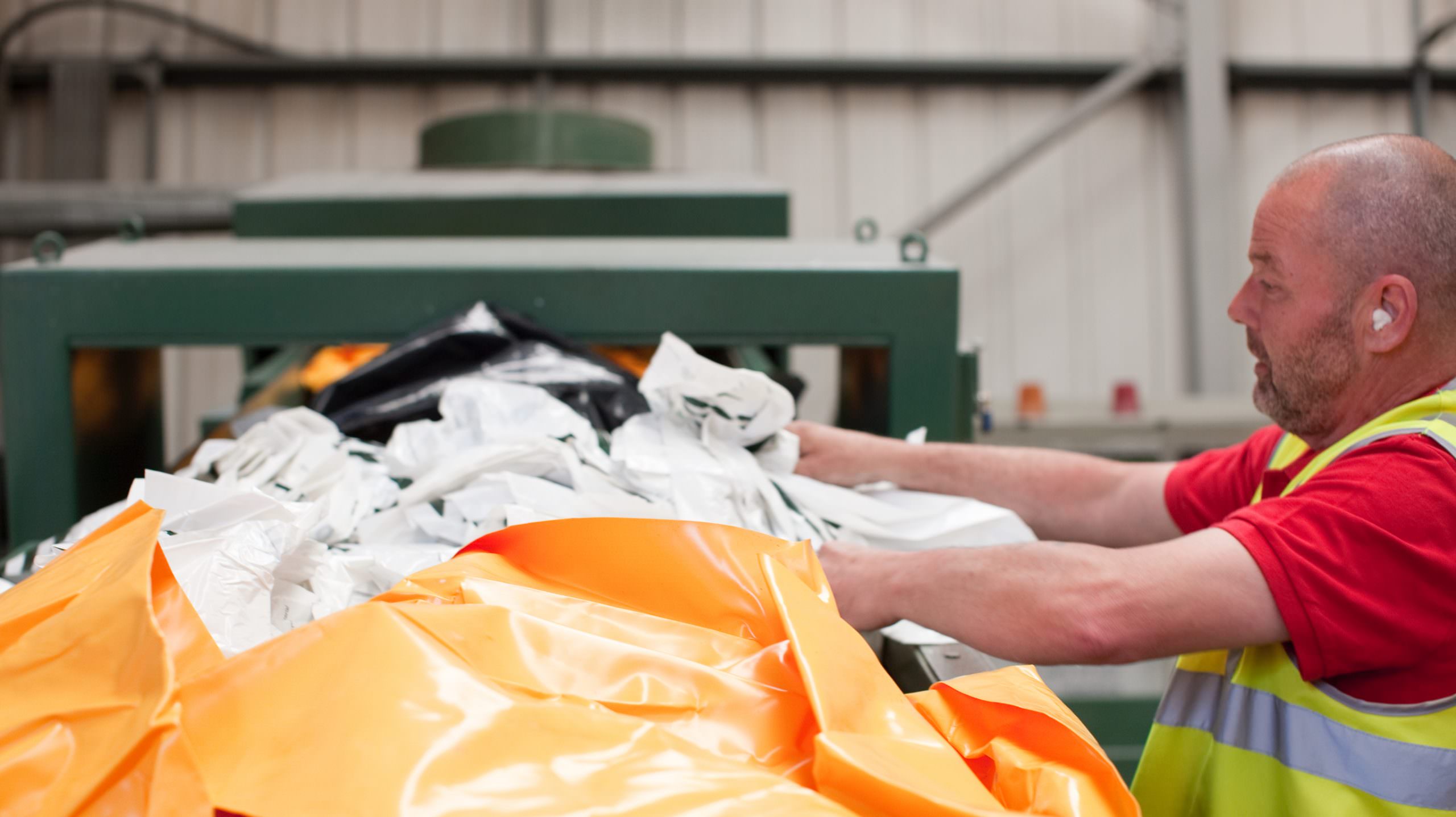
Making an informed decision
Making a well-informed, balanced decision when choosing a packaging material should involve input from various different people in the business, Zoe says:
“These days, packaging touches a lot of different teams. We’re no longer just talking to the procurement team who purchase the packaging. We sit in meetings with marketing departments, CSR departments and finance departments, because packaging has been pushed higher up the agenda in all of these areas.
“The marketing people are interested in how to communicate ‘why’ a certain material is being used and what customers should do with it; CSR people want solutions to hit their sustainability targets; and finance people want to make sure they’re making the right investment. If one material is more expensive but it ticks all the right boxes, these departments are getting together to make a more informed decision.
“That’s one of the biggest gamechangers we’ve seen – having different people in the room not just thinking about it from a cost point of view, but from the perspective of the full product lifecycle and what it means for the business at a wider level.”
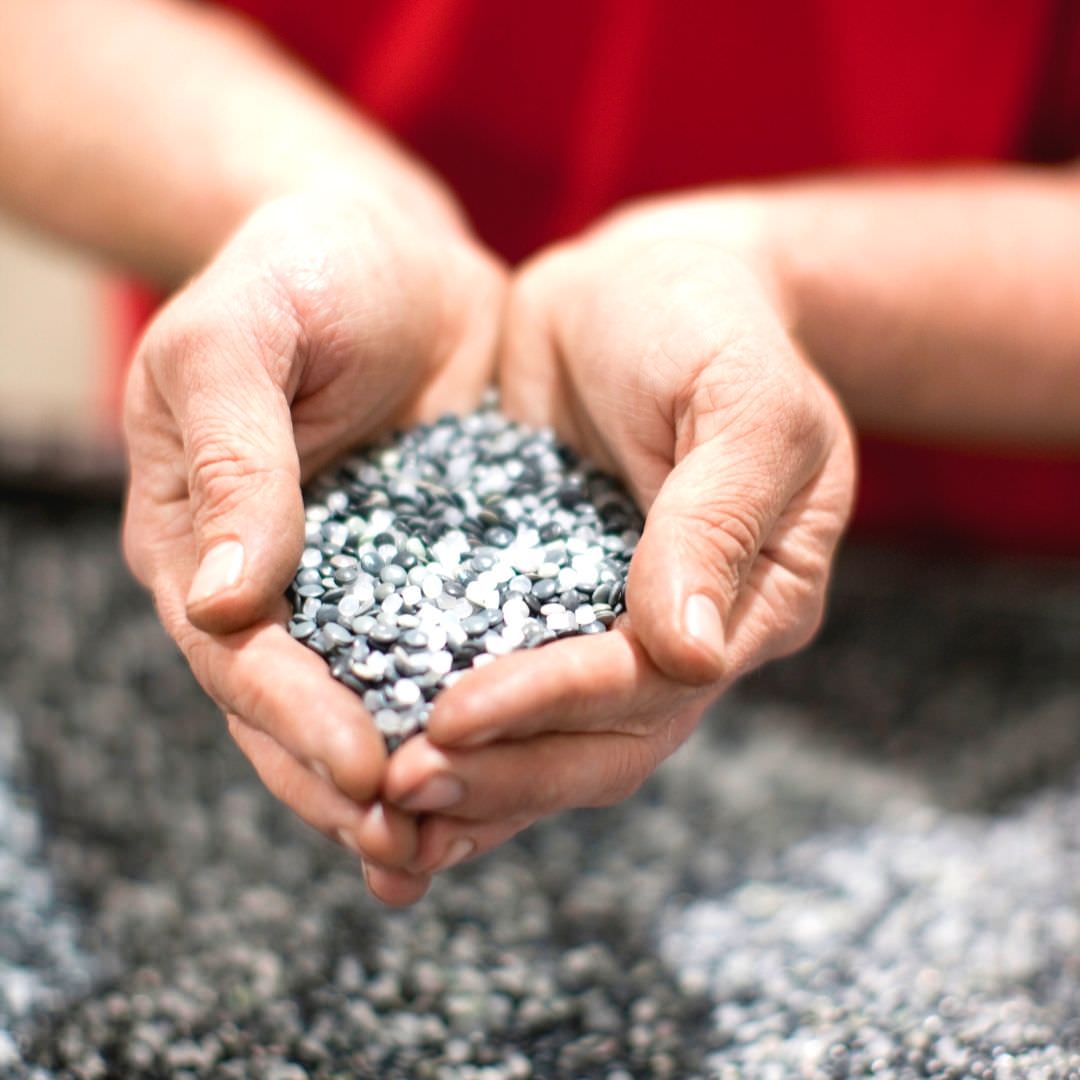
Avoiding greenwash
Recycled packaging can be a brilliant vessel for conveying environmental messages and educating end users on waste reduction. However, getting that messaging right is not always an easy task.
The packaging landscape itself can be complex and confusing. The most environmentally sustainable packaging solution for one application will not necessarily be a sustainable solution for another, and there is always an unintentional risk of being caught greenwashing if messages turn out to be misleading.
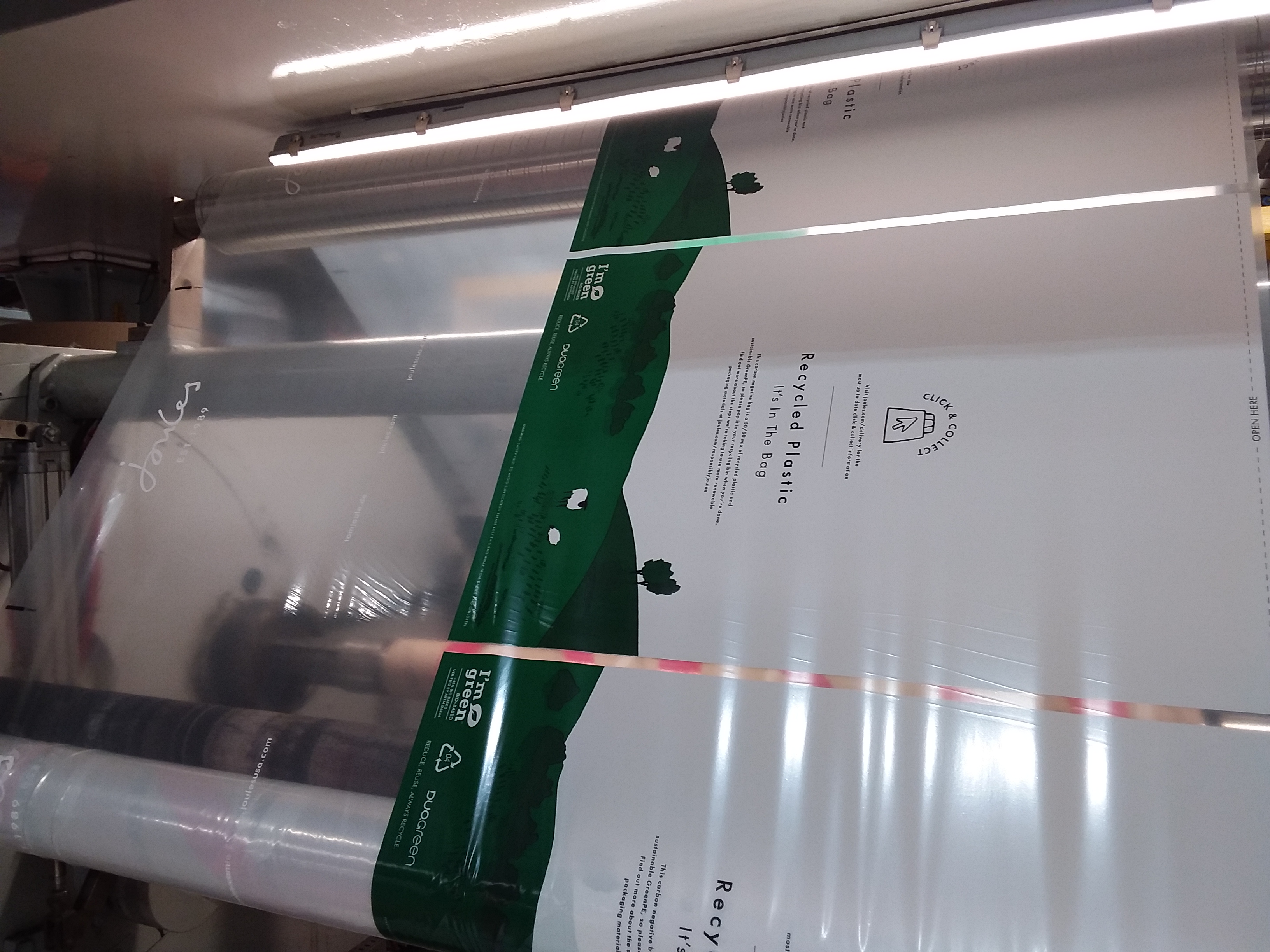
Understandably, this may make some companies wary of making ‘green claims’ through their packaging choices. Zoe argues that transparency, honesty and being careful not to ‘overclaim’ the benefits is the right approach:
“When it comes to the environment, things change so quickly. I think companies have sometimes been wary of making changes and letting their customers know about it because of the feedback they might get if they get it wrong. My advice would be embrace that it is a journey and take your customers on the journey with you.
“It also helps to be transparent. No one’s going to get everything right all the time – packaging is constantly evolving and there are always new facts and figures coming out. By sharing where you’re at right now and that you’re doing your absolute utmost to reduce your use of virgin material, people respond to that.
“One of the things we’ve really benefitted from as a business is being completely transparent with our own staff about the materials we use. In our weekly team update we share what our percentage of renewable and recycled material usage is compared to virgin, so our staff know how we’re performing. It’s all about taking people with you on your journey.
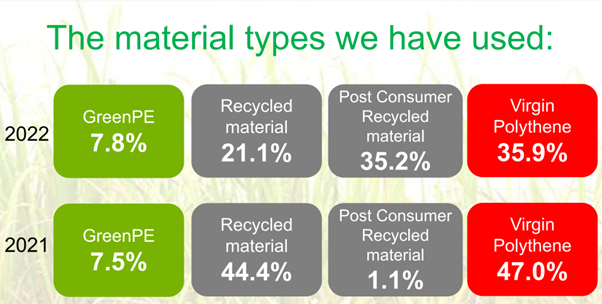
Need a helping hand?
Hopefully, this blog has made it clear that now is the perfect time to start a conversation with your customers and suppliers about packaging eco design and switching to recycled materials.
GC Business Growth Hub’s specialist advisors can provide fully funded guidance to assess your options, build the business case for alternative materials, and tie packaging into a wider net zero strategy for your business. Get in touch today for support.

Claire Scott, Environmental Business Advisor
Claire has more than 20 years' experience in providing environmental advice, guidance and regulatory support to businesses, specialising in resource efficiency and sustainability. Claire has a degree in Environmental Science, is an ESOS Lead Assessor, a member of the Chartered Institution of Wastes Management (MCIWM), a practitioner member of the Institute of Environmental Management & Assessment (PIEMA), a Chartered Environmentalist (CEnv) and an IEMA registered environmental auditor.